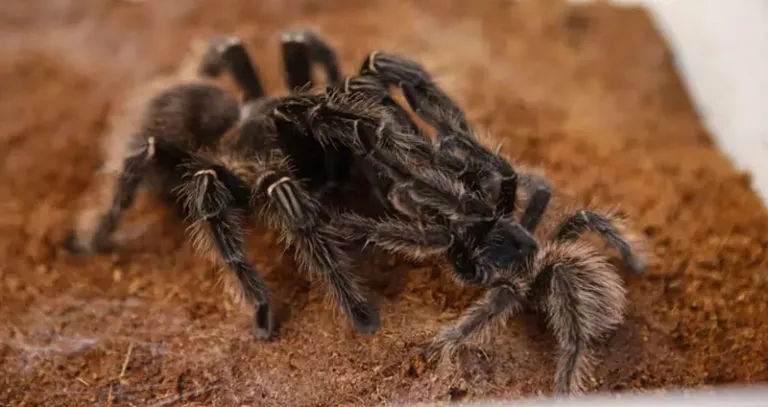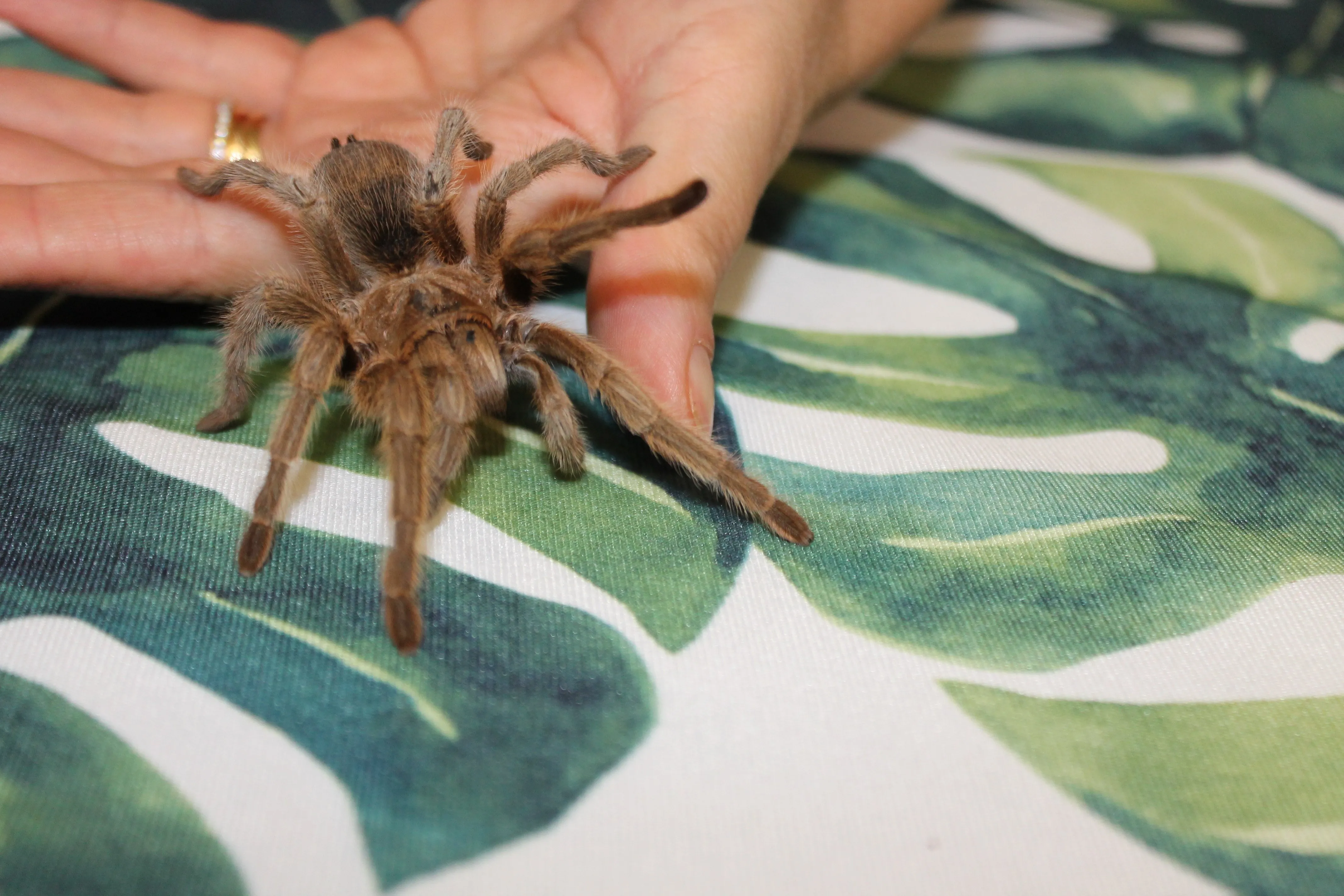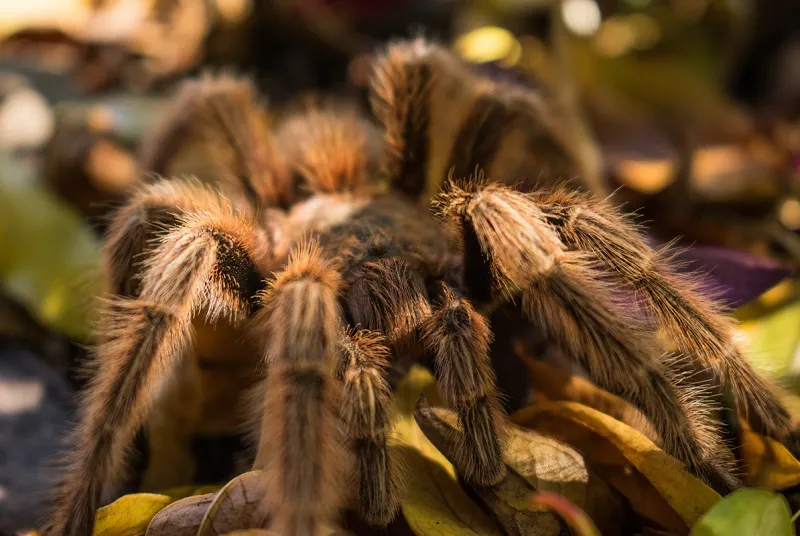What is Tarantula Life Expectancy?
Tarantulas, with their hairy legs and captivating presence, often become beloved pets for many. A common question among potential and current owners is how long these fascinating creatures live. Unlike many other pets, tarantulas can have significantly variable lifespans, influenced by a multitude of factors. Generally, tarantulas can live for a surprisingly long time, but the exact duration depends on several elements, including their species, sex, and the care they receive. Understanding these factors is crucial for providing the best possible environment and ensuring a long, healthy life for your eight-legged friend. This guide will delve into the specifics, providing you with a comprehensive understanding of tarantula life expectancy and how to care for them.
Factors Influencing Tarantula Lifespan
Several key factors contribute to how long a tarantula will live. These include biological characteristics, environmental conditions, and the care they receive. Knowing these factors can help you make informed decisions about the type of tarantula you choose to own, as well as the setup and maintenance required for optimal health. Careful consideration of each factor will increase the likelihood of your tarantula living a long and fulfilling life. These factors range from their inherent species-specific traits to the quality of their diet and the environmental conditions they are exposed to daily.
Sex of the Tarantula

One of the most significant factors affecting tarantula lifespan is its sex. In general, female tarantulas tend to live much longer than males. Female tarantulas can live for up to 20-30 years or more, depending on the species and care. Males, on the other hand, often have a much shorter lifespan, typically only living for 5-10 years. This difference is largely due to the fact that male tarantulas reach sexual maturity, at which point they focus on finding a mate, which can cause them to stop feeding, and their bodies start deteriorating relatively quickly after maturity is reached. The difference in lifespan between the sexes highlights the importance of knowing the sex of your tarantula if you are concerned about longevity.
Species of the Tarantula
Different tarantula species have different lifespans. Some species are known for their shorter lifespans, while others can live for decades. For example, the Chilean Rose Hair tarantula (Grammostola rosea) is a relatively long-lived species, with females often living for 15-20 years or longer. In contrast, some of the smaller, more delicate species may have shorter lifespans. Researching the specific lifespan of the species you are considering is essential before you acquire a tarantula as a pet. This information is useful for planning and understanding the level of commitment that tarantula ownership entails. Consulting with experienced tarantula keepers or breeders can provide valuable insights into the lifespan expectations for different species.
Habitat and Environmental Conditions
The environment in which a tarantula lives plays a crucial role in its health and lifespan. Providing the right habitat is a fundamental aspect of tarantula care. This includes maintaining appropriate temperature, humidity, and substrate. The enclosure should be spacious enough for the tarantula to move around comfortably and must include hiding places. Temperature fluctuations can stress tarantulas, potentially shortening their lifespan. Similarly, excessively dry or humid conditions can lead to health issues. Regular monitoring of these conditions with a thermometer and hygrometer is vital. Also, avoid housing multiple tarantulas together (except during breeding), as this can lead to stress and conflict. A well-maintained and appropriate habitat greatly contributes to the overall well-being and longevity of your tarantula.
Diet and Nutrition for Tarantulas

Proper nutrition is a key factor in determining how long a tarantula lives. Tarantulas are carnivores and require a diet consisting of insects such as crickets, roaches, and mealworms. The size of the prey should be appropriate for the size of the tarantula; it should be no larger than the tarantula’s body. Overfeeding, on the other hand, can lead to health problems, including obesity and difficulty molting. Feeding frequency also plays a role, with younger tarantulas needing more frequent meals than adults. In addition to insects, providing a water source is crucial to prevent dehydration. A shallow dish of fresh water, refilled regularly, is a simple but essential part of tarantula care. Make sure to remove uneaten prey from the enclosure to prevent stress and potential health issues.
Common Health Issues and Lifespan
Tarantulas, like any animal, can suffer from various health issues that may affect their lifespan. Common health problems include parasitic infections, fungal infections, and injuries from falls or bites. Parasitic infections can be acquired from contaminated prey, while fungal infections often arise from inadequate ventilation or overly humid conditions. Recognizing the symptoms of these health problems is vital for timely intervention. Symptoms may include lethargy, loss of appetite, or unusual behaviors. Providing the right care, monitoring your tarantula’s health, and consulting with a veterinarian specializing in exotic animals can help prevent or treat these issues. Early detection and treatment can significantly improve the chances of a long and healthy life for your tarantula.
Molting and Its Impact on Lifespan
Molting is a natural process for tarantulas, where they shed their exoskeleton to grow. This process is critical for tarantula development and growth. Molting can be a stressful time for the tarantula, and any complications during molting can negatively affect its health. Providing a safe and humid environment is crucial during this time. Proper humidity helps the tarantula to shed its old skin more easily. Avoid disturbing the tarantula during a molt, and provide a hide where it can feel secure. Younger tarantulas molt more frequently than adults, so understanding the molting process is an important aspect of tarantula care. Complications during a molt can result in shortened lifespans. Proper pre-molt care, such as ensuring the tarantula is well-hydrated and has access to a safe space, will help ensure a successful molt.
How to Maximize Your Tarantula’s Lifespan

Taking proper care of your tarantula can help maximize its lifespan. This involves understanding the specific needs of your tarantula species and providing an optimal environment. Consistent, high-quality care is the key to helping your tarantula thrive. It includes everything from habitat setup to the type of food you provide. By following the guidelines below, you can create the ideal conditions for your tarantula to live a long and healthy life. The following are some key areas of care that you can improve upon to ensure your tarantula’s best life.
Providing the Right Habitat
A well-designed habitat is fundamental to a long life. Select an appropriately sized enclosure for the species, considering the tarantula’s adult size. The enclosure should be made of a secure material that prevents escape and allows for adequate ventilation. Include a substrate that is appropriate for your tarantula’s species, such as coco fiber, peat moss, or a mixture of both. The substrate should be deep enough for burrowing species to create tunnels. Provide hiding places, such as cork bark or artificial plants, to reduce stress and make the tarantula feel secure. Maintain the correct temperature and humidity levels specific to your tarantula species, using a thermometer and hygrometer. Regularly clean the enclosure to remove any uneaten food or waste, which will prevent the buildup of harmful bacteria.
Ensuring Proper Nutrition
A balanced diet is crucial for your tarantula’s health and longevity. Feed your tarantula insects that are appropriate for its size and species. Provide a variety of insects to ensure your tarantula gets a range of nutrients. Insects like crickets, mealworms, and roaches are commonly used and are readily available. Dust the insects with calcium and vitamin supplements to enhance their nutritional value, especially for growing tarantulas. Overfeeding can lead to health problems, such as obesity, so regulate the amount of food you provide. Remove any uneaten prey from the enclosure after 24 hours to prevent stress. Always provide a shallow water dish filled with fresh water. Ensure fresh water is always available, especially after molting, to facilitate proper hydration.
Regular Health Checks

Regular health checks can help catch potential issues early, thereby increasing the chance of a longer lifespan. Observe your tarantula for signs of illness, such as lethargy, loss of appetite, or unusual behavior. Check for any physical abnormalities, such as injuries or unusual growths. Monitor the tarantula’s molting process and look for any complications. If you suspect a health problem, consult with a veterinarian experienced in treating exotic pets. Keep detailed records of your tarantula’s molting, feeding, and behavior to monitor for changes over time. A proactive approach to health care will ensure your tarantula receives the best possible care and remains healthy for years to come.
Conclusion Tarantula Longevity Explained
Understanding the life expectancy of a tarantula is key to becoming a responsible pet owner. While the specifics vary based on several factors, like species and sex, taking good care of your tarantula can contribute to a longer, happier life. By providing the right environment, diet, and health care, you can significantly enhance the likelihood of your tarantula thriving for years. Remember that patience and a keen eye for detail are vital when caring for these fascinating creatures. Proper preparation, consistent care, and a proactive approach to health will ensure you get to enjoy your tarantula’s presence for a long time. By following the guidelines outlined in this guide, you’re well-equipped to provide a fulfilling and extended life for your eight-legged companion. Enjoy the journey of tarantula ownership and the unique experience of sharing your life with these incredible animals.
